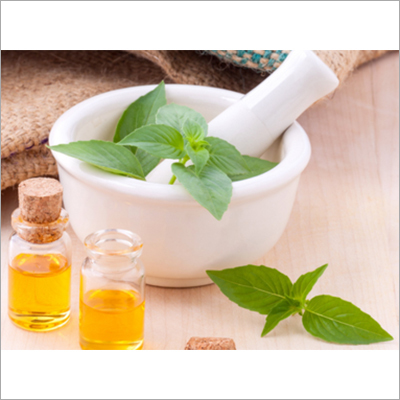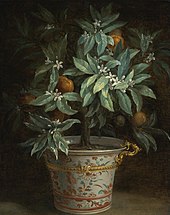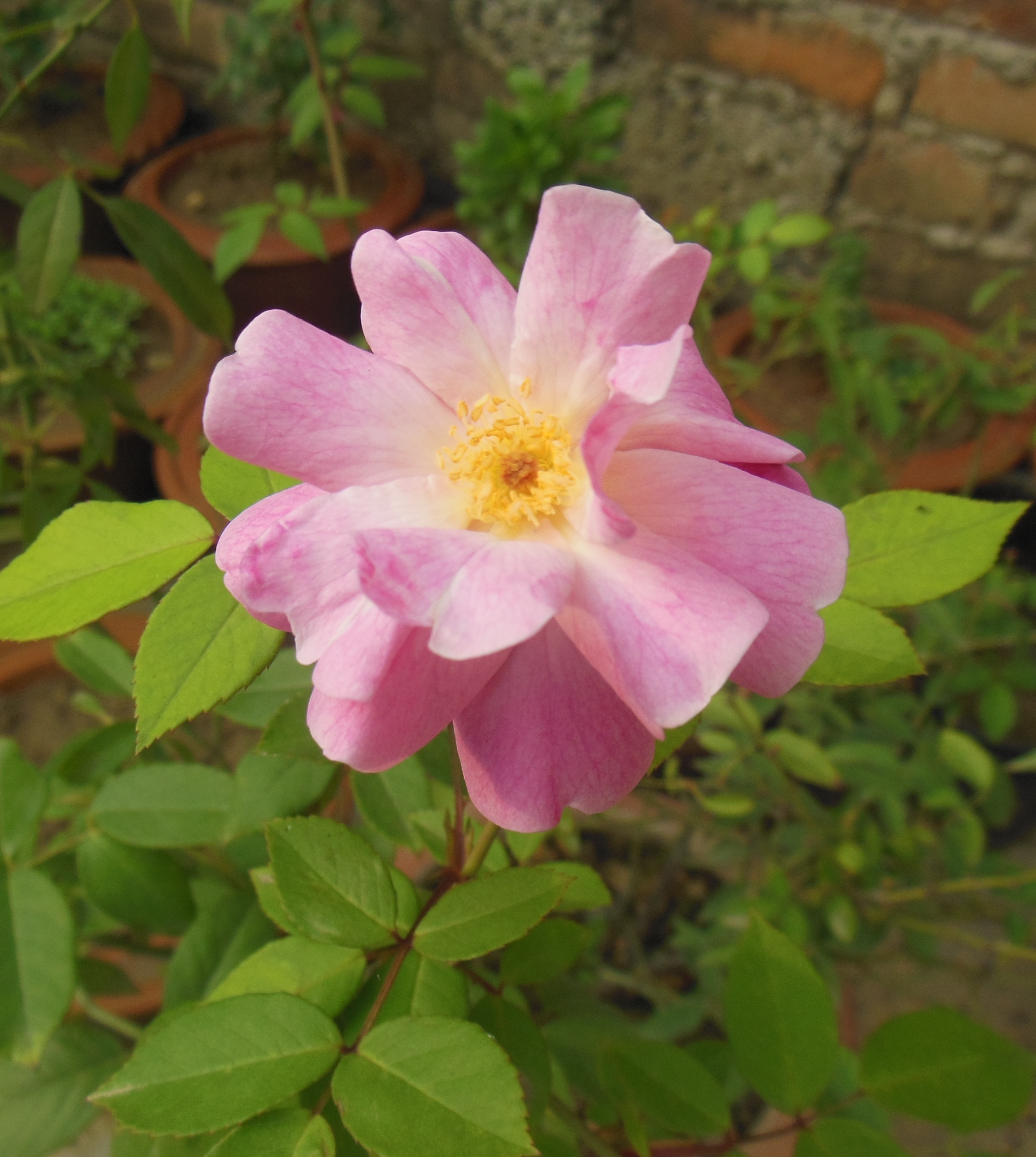Fragrances play a significant role in India's culture and history. India has a rich tradition of using fragrances in various aspects of life, including religious rituals, personal care, and perfumery. The diverse range of aromas and the country's deep-rooted traditions make India a fascinating destination for fragrance enthusiasts and lovers of aromatic experiences.
Religious and Spiritual Significance
Traditional Incense Making
India has a long
history of incense making, with different regions specializing in unique
fragrances and blends. Various natural ingredients, including herbs, spices,
resins, and floral extracts, are combined to create distinct aromas that are
used in daily rituals, meditation, and yoga practices.
Ayurvedic Tradition
India has a
longstanding tradition of Ayurveda, a system of traditional medicine. Ayurveda
places great importance on fragrances and their therapeutic effects on the body
and mind. Essential oils derived from various plants and herbs are used in
Ayurvedic treatments, to promote relaxation, balance, and overall well-being.
Attar and Perfume Production
India is known for its
exquisite perfumes and attars (concentrated perfume oils). Kannauj
in Uttar Pradesh is renowned for its centuries-old perfume-making industry.
Traditional methods are used to extract fragrances from flowers, such as roses,
jasmine, and sandalwood, resulting in high-quality attars. These fragrances are
used in personal care products, perfumes, and even as natural air fresheners.
Flowers are an integral part of Indian culture, and their scents are appreciated and valued. In religious ceremonies, devotees offer garlands made of fresh flowers to deities as a sign of devotion. The aromatic flowers, like jasmine and marigold, are chosen for their pleasant fragrance, adding to the sacred ambiance of temples and shrines.
Fragrant Spices and Cuisine
Fragrances also find
their way into Indian cuisine through the use of aromatic spices. Spices like
cardamom, cinnamon, cloves, and saffron impart delightful aromas to traditional
dishes. The scent of these spices enhances the taste and adds depth and
character to Indian culinary experiences.
Overall, fragrances
hold a special place in Indian culture, being used for religious practices,
personal care, perfumery, and even in culinary creations.






:max_bytes(150000):strip_icc():format(webp)/GettyImages-1396811915-1f09b8e7a4ea485b8eddda4d6c11e4e9.jpg)
:max_bytes(150000):strip_icc():format(webp)/GettyImages-157312013-2000-53f9d6c826a146a4865648369cadfd53.jpg)


:max_bytes(150000):strip_icc():format(webp)/1Why-do-we-associate-memories-so-strongly-with-specific-smells-V1-0bfcbc77cfac4055bfba9b2cefcc263f.jpg)











